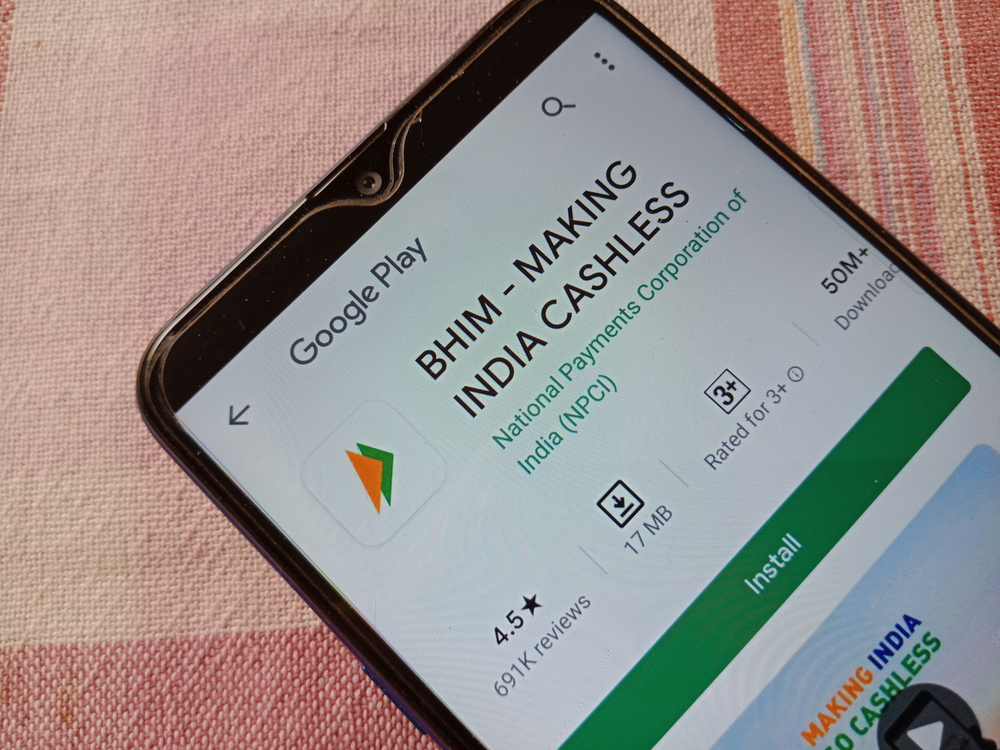Before India can become a $5 trillion-economy by 2025, various concerns need to be resolved. Every digital lending and payment system in India has its own pros and cons.
The growth of an economy runs on consumerism and the same forms the basis of digital lending in India. Since technology has taken over almost every sphere of our lives, speed is but a click away. However, to expand the pool of people who can avail these services, there will be a lot of other factors like credit reports and employment details that will come into play, apart from the non-conventional data. The habit of getting things done instantly, for example, recharging a phone, will majorly influence the ability to cover the maximum number of people.
At present, only a small section of the Indian population has the literacy to use the digital medium for lending and payment. Thus, fintechs need to offer apps in regional languages to reach out to more sections of consumers.
Digital Payment Has Better Reach
Payment systems like Unified Payments Interface (UPI), Electronic Clearing Service (ECS) and Immediate Payment Service (IMPS) have popularised digital payments much more than digital lending.
The National Payments Corporation of India (NPCI) has implemented National Automated Clearing House (NACH), a Web-based system for bulk push and pull transactions. It is an electronic mandate platform that facilitates paperless collection process.
Since digital payment is limited to people with smart phones, various fintechs, regulatory bodies, and organizations such as NPCI are trying to find ways to make digital transactions possible even through feature phones.
UPI – The Game-Changer
Although, introduced just a few years ago, according to media reports, transaction volume over UPI touched 2.73 billion in March 2021 compared to 1.25 billion a year ago. And this is when a large part of the population does not use smart phones.
However, there are some technical glitches that users often face during UPI transactions: payment gateway failure, app malfunctioning, etc. Hence, the support services and regulatory bodies need to monitor and make sure that transactions are smooth.
All Hail Digital Currency
The government has just launched the ERupi Digital Payment, a cashless and contactless solution, to bring an electronic e-voucher system in India. ERupi will act as a prepaid e-voucher; there will be no physical interface, and no need of cards, Net banking, mobile banking, etc. Furthermore, the ERupi can bring in transparency. Private sectors can also leverage vouchers in this system under employee welfare programmes.
Cryptocurrency will be a mechanism of transaction, going forward. But since it is very volatile today–with numbers dropping and rising, and changing every day–a lot of regulation needs to be worked out for it to become ‘the’ mechanism.
Currently, cryptocurrency may not be for common users but for those who are speculative in nature or those who want to make a quick buck. But with proper infrastructure in place, cryptocurrency will help us transform more.
Several fintechs have been trying their best to make a change; the government is doing its bit to enable smooth digital solutions; organizations and regulatory bodies are keeping up with the pace; and consumers are taking their role seriously, by trying to gather knowledge and be aware of the digital solutions. The confluence of all this will ensure that consumers at all levels are empowered and when the change that we all are working towards, is affected, the country as a whole will benefit. The $5 trillion-economy won’t seem like a distant dream.
The author is a member of Fintech Association for Consumer Empowerment.
DISCLAIMER: Views expressed are the author's own, and Outlook Money does not necessarily subscribe to them. Outlook Money shall not be responsible for any damage caused to any person/organisation directly or indirectly.









